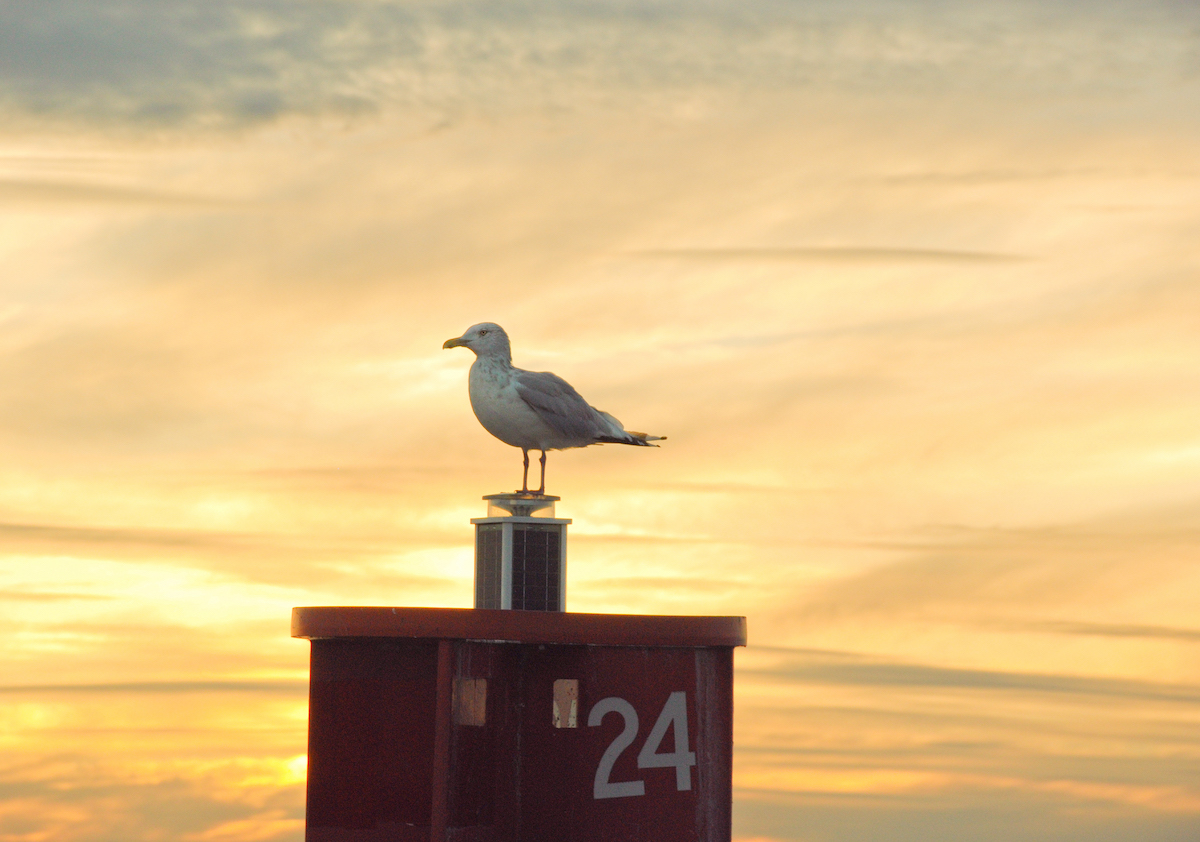Why You Should Love Seagulls
They are more than just scavenging garbage birds

If you’ve ever been on a beach vacation with my parents, you know there are two rules while having fun in the sun. Rule number one: Never turn your back on the ocean. And rule number two: Never (and I mean never) feed a seagull your leftover Thrasher’s fries. You break rule number one, you’re likely to get wiped out by a wave and end up with some scrapes, but you’re likely to survive. You break rule number two and my family might leave you at the beach.
While a swarm of scavenging seagulls fighting over leftovers at the foot of your family’s beach tent is enough to ruin a good vacation day, the sound of a seagull’s call in tandem with crashing ocean waves brings about a Pavlovian sense of calm. I can almost feel my toes in the sand. Seriously, seagulls are not all bad. Let’s get to know them a little better with these four reasons to love seagulls.
1. Distinguishing types of gulls is actually really hard
Seagulls, also simply known as “gulls”, are part of the family of seabirds called Laridae. The name comes from a Greek word meaning “ravenous sea birds” (shocking, I know.) Gulls are closely related to other birds like terns and skimmers. There are more than 50 species of gulls found worldwide on every continent—including Antarctica. It can be quite difficult to identify a specific gull species with an untrained eye. About 25 species are found in North America alone and the birds my mom has been shoo-ing away from Bethany Beach for decades are likely lesser black-backed gulls and laughing gulls.
2. Gulls eat more than just your leftovers
Sure, sometimes they divebomb your lunch, but gulls eat more than just leftovers. Gulls are omnivores and they are NOT picky, clearly. Kelp gulls off the coast of Argentina have been documented biting chunks of flesh off the backs of infant southern right whales. Supposedly in 1848, when the first pioneer Mormons were settling in Utah, swarms of crickets descended upon their crops, only to be thwarted by flocks of California gulls coming to devour them. The state of Utah even named the California gull its state bird and erected a statue afterward. However, a gulls’ primary diet consists of typically fish, crustaceans and rodents—and they don’t care if their prey is dead or alive. That’s right, they will actually eat carrion that washes up onshore. Between that and the bugs, I find that’s another reason to appreciate the gull’s hustle.
3. Gulls can drink saltwater
Another rule on our family beach trips: don’t drink the ocean water. Saltwater in humans will cause us to dehydrate more quickly. But gulls have something called supraorbital glands above their eyes which help remove salt from their bloodstream. This process is called desalination and is an excellent ability to have for survival near the sea. Next time you’re at the beach, keep an eye out for seagull sneezes. If you look closely, you may even be able to see some salt secretion at the end of the gull’s beak.
4. Gulls have strong family bonds
Gulls are typically monogamous birds, and they stick together in large groupings of hundreds. This helps them defend each other against predators, particularly during the breeding season. Gulls are also very attentive parents with both parental units involved in incubating and caring for offspring until they’ve flown the nest.
Even though gulls clearly have different rules for beachgoing etiquette, they still deserve to live on a healthy, trash-free beach. Learn more about what you can do to make a difference on your next family trip to the beach.